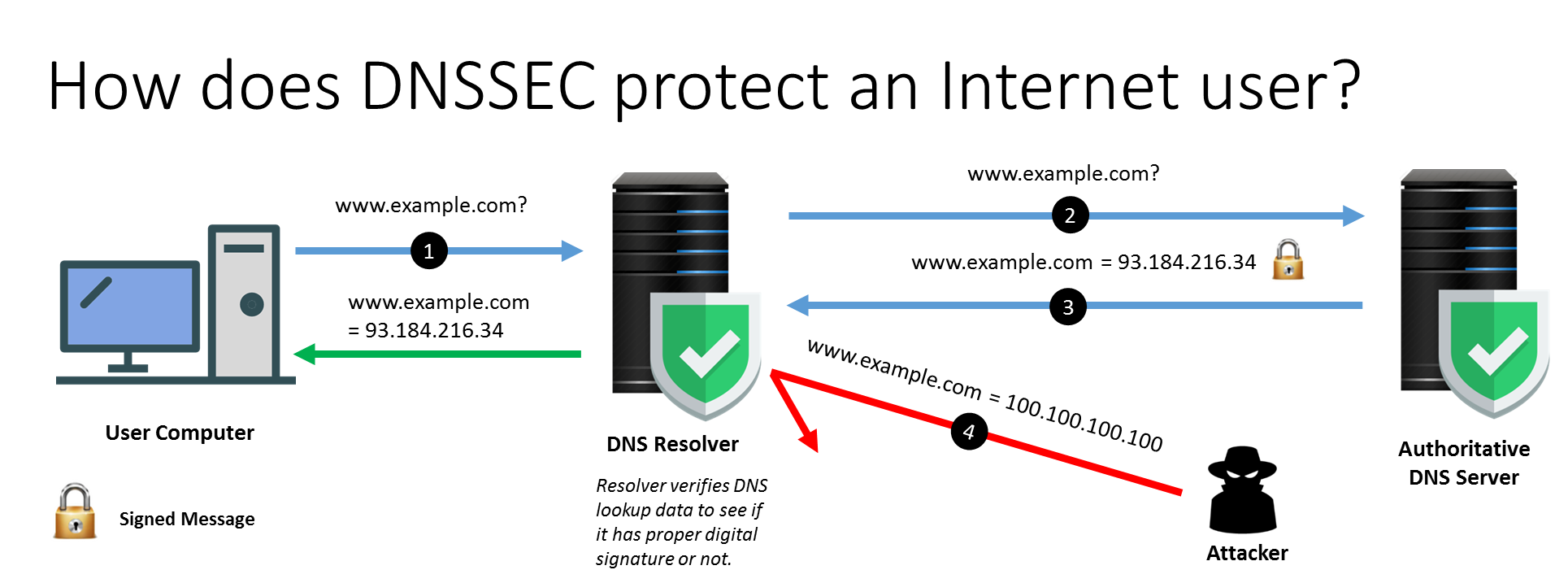Secure Your DNS: A Step-By-Step Guide
When it comes to securing your online presence, one area that often gets overlooked is the Domain Name System (DNS). Your DNS is like the phone book of the internet, translating domain names into IP addresses so that your browser can load the website you want to visit.
However, if your DNS is not properly secured, it can leave you vulnerable to various cyber threats, including DNS spoofing, DNS hijacking, and denial-of-service attacks. In this article, we will explore some best practices to help you secure your DNS and protect your online assets.
1. Choose a Secure DNS Provider
The first step in securing your DNS is to choose a reliable and secure DNS provider. Consider using a reputable DNS service that offers advanced security features such as DNSSEC (Domain Name System Security Extensions) and DDoS protection. Some popular DNS providers to consider include Google Public DNS, Cloudflare DNS, and OpenDNS.
2. Enable DNSSEC
DNSSEC is a set of security extensions that add cryptographic signatures to DNS records, ensuring that the information received from a DNS lookup is authentic and hasn’t been tampered with. By enabling DNSSEC on your domain, you can protect your users from DNS spoofing attacks and verify the integrity of your DNS data.
To enable DNSSEC for your domain, you will need to log in to your domain registrar’s control panel and locate the DNSSEC section. Follow the instructions provided by your registrar to generate and add the DNSSEC keys to your domain’s DNS records.
3. Implement DNS Filtering
DNS filtering is a proactive security measure that helps block access to malicious websites and content. By using a DNS filtering service or software, you can enforce security policies, prevent phishing attacks, and filter out malicious domains before they can reach your network.
There are several DNS filtering solutions available, such as Cisco Umbrella, OpenDNS, and Quad9. Choose a DNS filtering service that offers customizable filtering options and real-time threat intelligence to effectively protect your network.
4. Regularly Monitor Your DNS Records
Monitoring your DNS records is crucial for detecting and responding to unauthorized changes or anomalies in your DNS settings. Set up alerts for critical DNS changes and periodically review your DNS logs to identify any suspicious activity.
Consider using a DNS monitoring tool or service that offers real-time alerts, DNS log analysis, and DNS traffic monitoring to keep track of your DNS infrastructure and ensure its security.
5. Secure Your DNS Servers
Securing your DNS servers is essential to prevent DNS hijacking and other attacks that target your DNS infrastructure. Make sure your DNS servers are up to date with the latest security patches, use strong authentication methods, and restrict access to authorized users only.
Additionally, consider implementing firewalls, intrusion detection systems, and network segmentation to enhance the security of your DNS servers and protect them from external threats.
6. Educate Your Team About DNS Security
Lastly, it is important to educate your team about the importance of DNS security and the best practices for securing their online activities. Conduct regular training sessions on DNS security awareness, phishing prevention, and social engineering attacks to empower your employees to recognize and respond to potential threats.
By following these steps and implementing robust DNS security measures, you can strengthen the security of your DNS infrastructure and protect your online assets from cyber threats.
